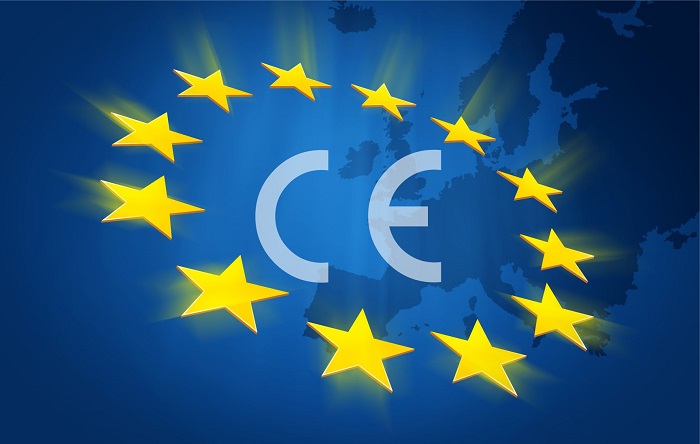
Common questions of CE MARKING
The word "CE" in CE label must be appropriate for the prescribed rate, can be directly labeled on products or packaging. Regardless of the size of "CE" symbol,....
HACCP and ISO 22000 are both management system to assist enterprises in food safety. What should enterprise apply?
Overview of HACCP and ISO 22000
Hazard Analysis Critical Control Point is a systematic preventive approach to food safety from biological, chemical, and physical hazards in production processes that can cause the finished product to be unsafe and designs measures to reduce these risks to a safe level. In this manner, HACCP attempts to avoid hazards rather than attempting to inspect finished products for the effects of those hazards. The HACCP system can be used at all stages of a food chain, from food production and preparation processes including packaging, distribution, etc.
SO 22000 is a standard developed by the International Organization for Standardization dealing with food safety. It is a general derivative of ISO 9000. ISO 22000 can be applied independently of other management system standards or integrated with existing management system requirements.
Which standard should enterprise apply?
Both ISO 22000 and HACCP play an important role in daily life. Enterprise can apply both of them in food production facilities to contribute to improving the quality of life and at the same time creating social stability against the risk of food poisoning in the face of high alarming conditions.
In fact, the application of HACCP and ISO 22000 depends on the status of each enterprise. Here are a few of the comparisons that help businesses make the right choice.
These two systems have similarities that are all aimed at helping food processing and manufacturing enterprises control the risks from growing process until the food is used by consumers, to ensure food safety. ISO 22000 and HACCP all require the company to implement the seven principles set out by the Codex Alimentarius Commission to determine the control of food hazards. They are:
When applying ISO 22000 or HACCP, enterprises must ensure the implementation of the Pre-Program (GMP, SSOP ...) in order to limit the hazards to food, to build a control system including: processing, controlling procedures, documentation systems...
The biggest difference between these two systems is that ISO 22000 further specifies requirements for management systems with specific structure and content similar to ISO 9001: 2000.
Vietnam has no mandatory application of ISO 22000 to food businesses. However, in the future, enterprises that have applied HACCP will have to convert to ISO 22000 in the following cases: Regulations of the competent authorities are required to apply ISO 22000, required by the market, the customer or when the enterprise wants to have a food safety management system certificate issued by the certification body under ISO 22000 or ISO 22000 certification
Although there is no mandatory regulation, the trend of choosing ISO 22000 for food businesses is still widespread. ISO 22000 contains the requirements of HACCP, and ISO 22000 also includes requirements for a management system, so the choice of ISO 22000 can help businesses in a comprehensive way and processes related to food safety and hygiene.
Once the enterprise has applied HACCP and ISO 9001, the transition to ISO 22000 is quite favorable because it has experience in hazard management and control systems.
